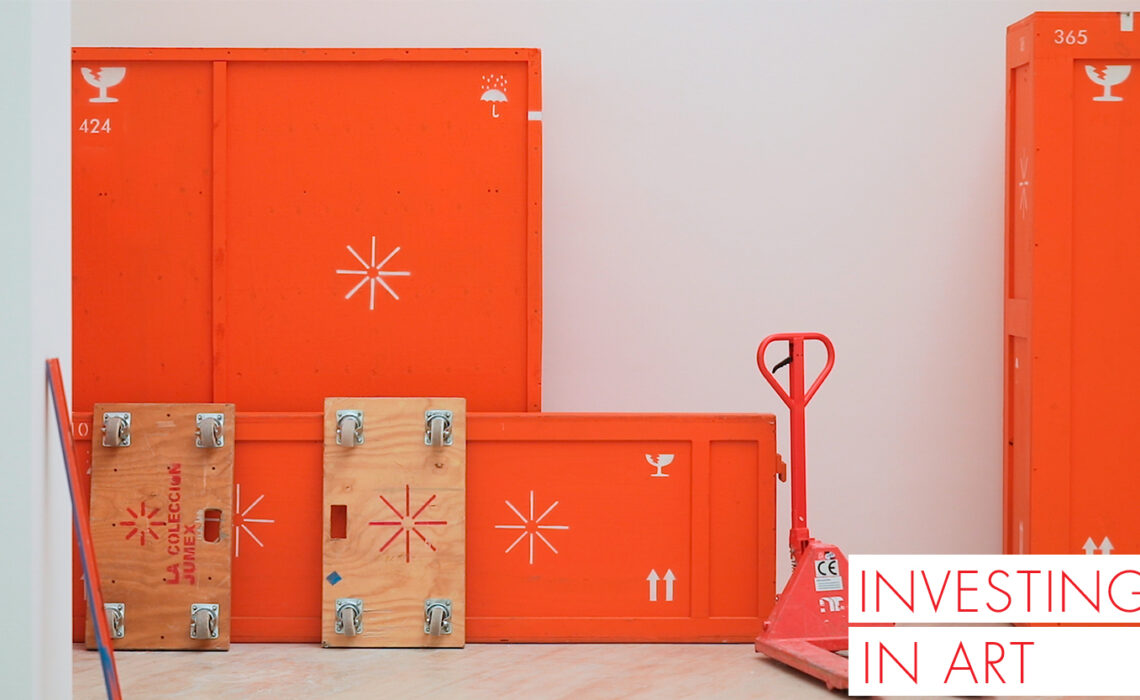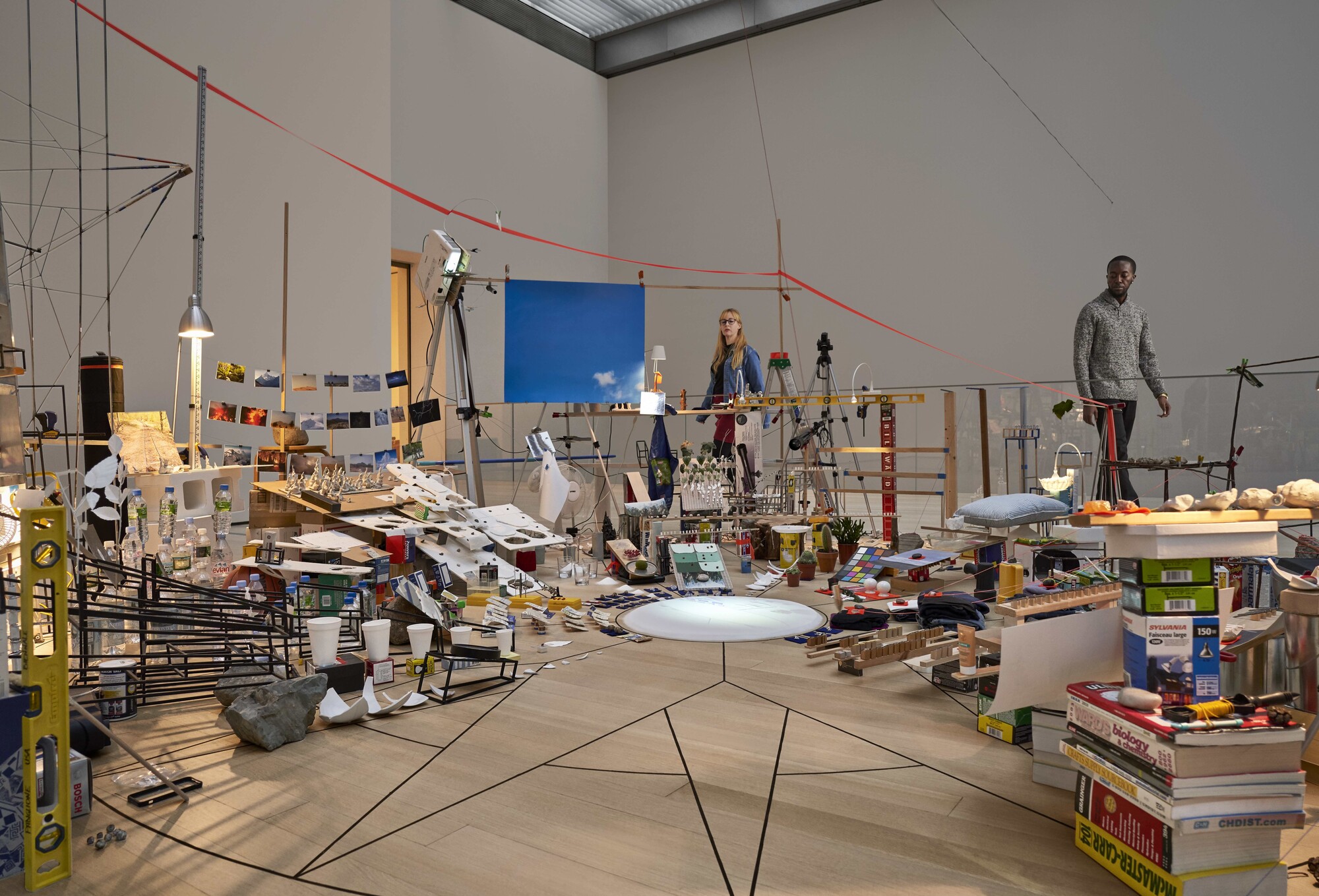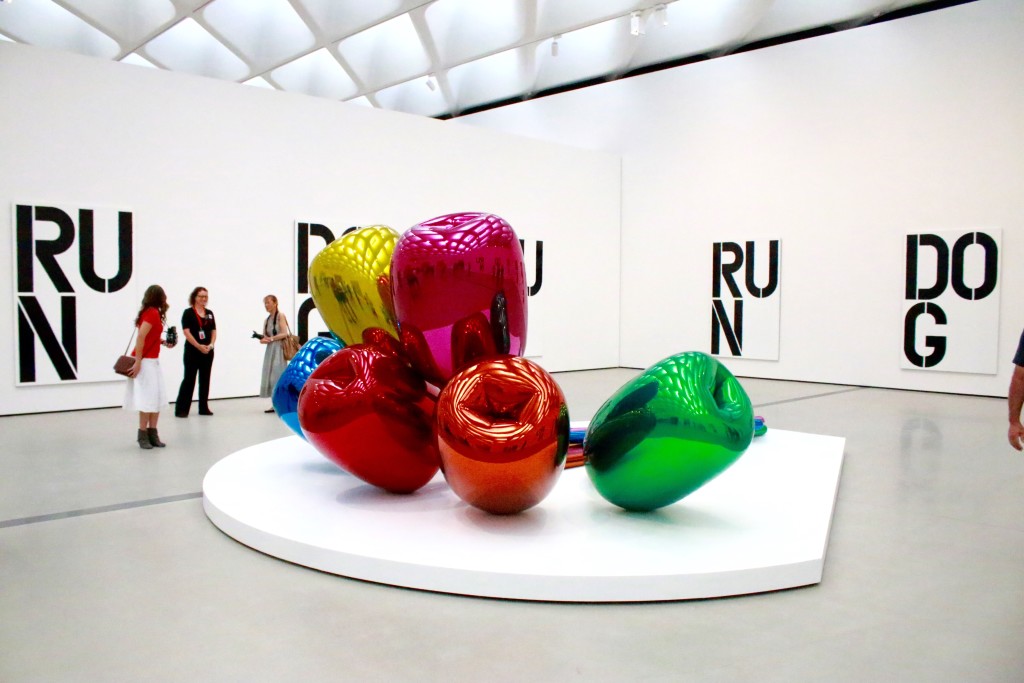
How a Private Art Collection Becomes Public
The practices of art collecting and patronage are almost as historical as art itself. At least from the Ancient Greece, people started collecting art for their own benefit. However, through the years this activity has been transformed to become either an object of social status, a war loot or a public heritage. Beyond going through the long history of art collecting, it is interesting the phenomena of a private art collection becoming into public. What conditions make this possible?
Since the foundation of the Louvre Museum in 1793, it is more and more common for the private art collections to turn its porpouse into a public wel. In several cases, art collectors choose to donate their collection to public museum because of financial matters, including taxes and expensive cost in preserving the artworks in good conditions. Of course, these aspect play a key role regarding the desitions of the most important collectors when talking about their collections. However, there are some other important aspects to have in mind when you would like to take your pieces out from your living room, and to make greater your collection.
1. Museums are not the unique destination for your collection
We usually think museums as the only spaces to house a collection. It is true, most of the art collectors around the world are billionaires with enough money to built one, two or even three museums in different cities or countries for having their collections. It is also well-known the fact that institutions offer better benefits in therms of the monetary value of an artwork, but also to its historical importance, when a piece is loaned for a public exhibition. However, as a private collector, you are totally free to decide whether if loaned your piece to a museum or to an art independent space. The two important aspects when considering to loan one piece or part of your collection for a public exhibitions are: 1) Make sure the space is a professional space for arts, and 2) Make sure the space will care your piece exactly as you would do it.
- Sarah Sze. MoMA NY
2. The collection should be focused on educational purposes
Although increasing the value of a work through being loaned to important institutions is a key aspect, the important think is to acknowledge the social, historical, cultural and political impact that a work of art can have into the viewer. In fact, this is one of the main motivations an art collector should have when buying a piece. That is why the collector needs to be preapered and correctly informed about what kind of space, institutions or exhibition will host his or her peice. If you are loaning just one piece or even donating your whole collection to a public institution, you should make sure through a loan contract to ask for the museum to promote the art through educational programms for all kinds of public.
- Installation view of the Broad Art Collection. Via The Broad Art Museum
3. A collection should be accesible to the public
It seems obvious, but the access to public is important in order to turn your private collection into a public one. Your family and friends dosen’t count. Art is a form of kwnoledge, so the more you lend your collection, the more people could know diferent perspectives from the world. We know, this might be a little romantic, but one of the main purposes of the art is to be seen and to change our ways of seeing. It makes no sense to keep an important art work in your house, where no one except you could appreciate its importance.
- Guggenheim Art Collection





